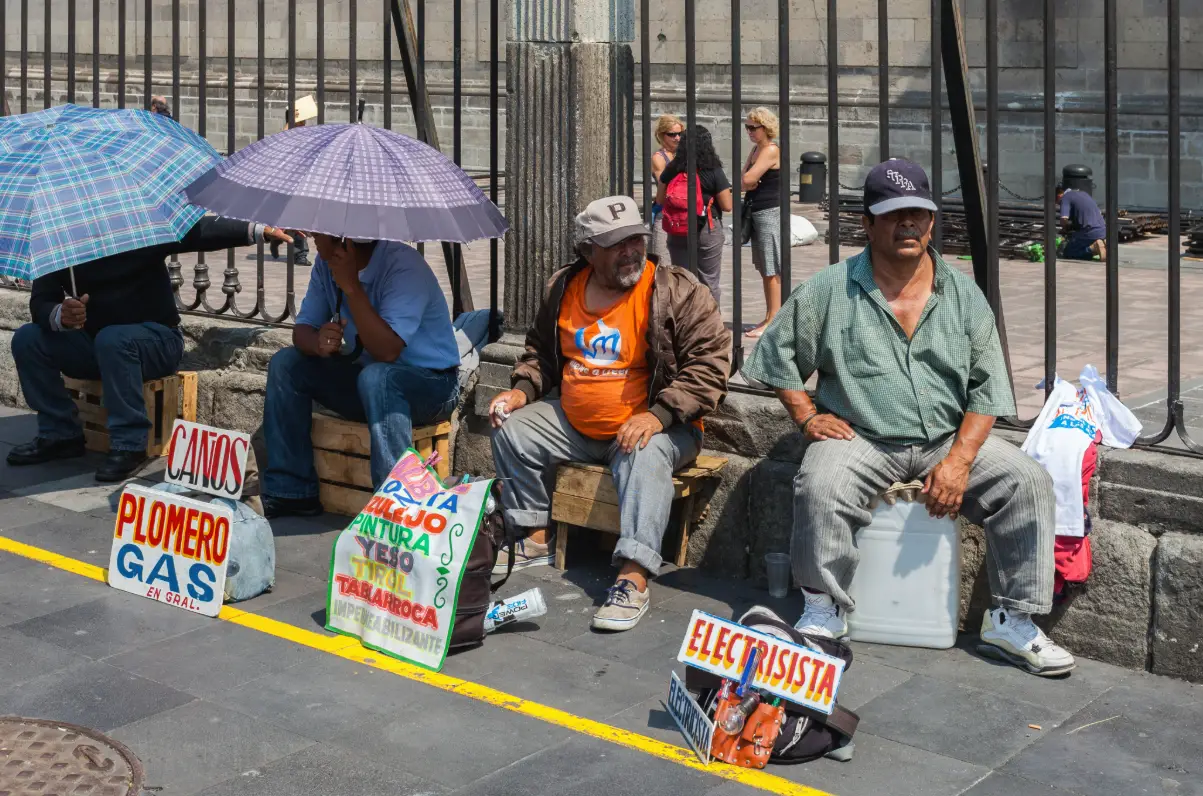Latin America and the Caribbean’s economy is going through a new stage of widespread slowdown, a symptom of a decade marked by low growth. Between 2016 and 2025, the region’s gross domestic product will have grown by an average of just 1.2%, an even lower figure than in the 1980s. This is highlighted in the most recent Economic Study of Latin America and the Caribbean 2025 prepared by the Economic Commission for Latin America and the Caribbean (ECLAC).
ECLAC projects that Latin America and the Caribbean will grow by 2.2% in 2025 and 2.3% in 2026. This path of low growth is the result of a combination of internal and external factors. Among the internal ones are structural inequalities, weak employment growth, high informality, stagnant investment, and falling domestic consumption. On the external side, global demand weakness and restrictive financial conditions weigh heavily. Added to this is the slowdown in private consumption, which has had a direct impact on economic activity. Finally, gender gaps, low female labor participation, and limited social protection coverage persist, factors that deepen the fragility of growth.
At the subregional level, projections show dispersion in growth rates. South America would grow 2.7% in 2025 and 2.4% in 2026, while Central America and Mexico would barely reach 1.0% and 1.7%, affected mainly by the slowdown of the U.S. economy. In the case of the Caribbean (excluding Guyana), the figures would be 1.8% in 2025 and 1.7% in 2026. These variations reflect the diversity of internal and external conditions faced by the region’s countries.
The document highlights the region’s high dependence on foreign direct investment and external debt, factors that force external imbalances to be corrected through costly internal adjustments. Added to this is the complexity of the global scenario in 2025, marked by moderate growth, the slowdown of the U.S. and European economies, China’s weak dynamism, as well as geopolitical tensions, rising protectionism, and potential deep changes in supply chains.
Faced with this unfavorable scenario, ECLAC warns that governments must necessarily mobilize financial resources for development in order to prevent the region from experiencing another lost decade. In this way, macroeconomic stability could be achieved while addressing unresolved structural challenges. Resource mobilization should focus on three areas that the Commission considers key.
First, fiscal and structural challenges require redefining the fiscal structure by strengthening policies that take into account pressures on public spending, insufficient income levels, and weak institutional capacity. The central strategy is focused on the role of the State as a promoter of growth and structural change based on a transformative fiscal policy that ensures one of the most pressing challenges: “the financial sustainability of social protection systems.”
Regarding the mobilization of resources for sustainable productive transformation, access to affordable and countercyclical financing, both domestic and external, is needed to deal with shocks without jeopardizing financing for development goals.
Finally, since financial institutions created at the end of World War II have failed to fulfill their founding objectives and have shown an inability to support the mobilization of stable, long-term financing, it is necessary to define a reform of the international financial architecture, with both new operating rules and new institutions.
At this point, two aspects deserve attention: the first refers to the increase in debt levels and the high cost of financing (the debt device); and the second, to the role of development banks as a fundamental instrument in productive and social development.
Faced with this low-growth trap, Latin America and the Caribbean face several crossroads: a rapidly aging population, putting greater pressure on health, pension, and care systems; the climate crisis, which demands greater investment; and major unresolved social inequalities. Added to this picture are the tariff measures announced by the U.S. government against the rest of the world’s nations.
This tariff package will undoubtedly transform international trade conditions, in addition to the immediate impacts on the region and on the U.S. economy itself—clearly in differentiated ways. However, for Latin America, it could represent an opportunity to promote the scarce intraregional trade and to seek markets beyond North America in the context of strengthening multilateralism.
*Machine translation, proofread by Ricardo Aceves.














